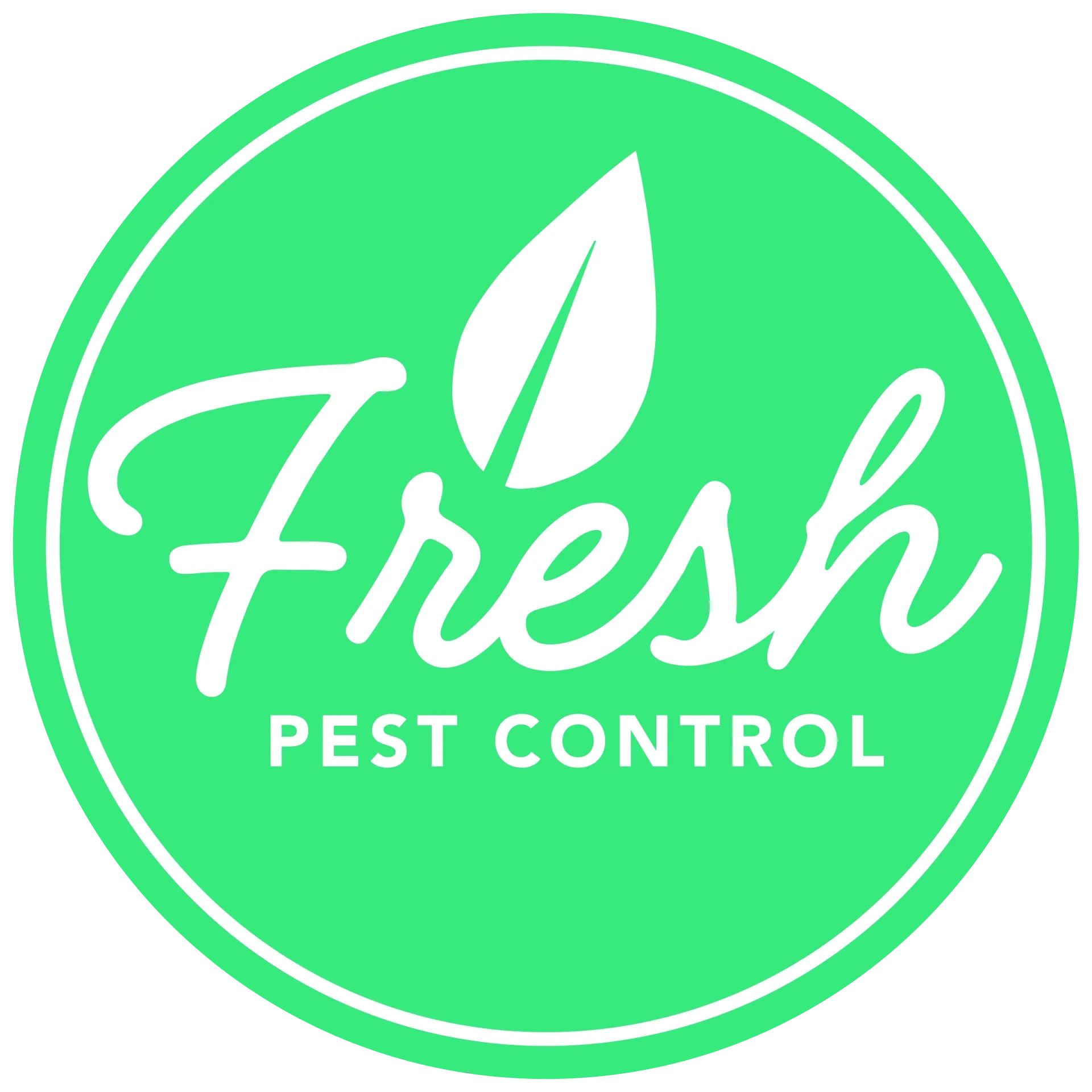How To Choose a Pest Control Company
When choosing a pest control company, you want to find the best one for you. In addition to a company's qualifications and treatment methods, you may also consider how long it has been in business and what the reviews look like. Finally, you'll likely want to consider the cost of services.
Below, we dive into detail on each of these factors.
Does the company have a valid license and permits to perform pest control?
While the United States Environmental Protection Agency (EPA) sets the minimum standards of competency for pesticide applicators, licensure is handled at the state level. All pesticide applicators (and their supervisors) in Texas must be licensed by all the necessary state regulatory agencies.
Is the company a member of any professional organizations?
Pest control companies can also obtain optional certifications such as the GreenPro Service Certification. This certification is given once a company has proven that its treatment methods are more eco-friendly and demonstrated that it also holds itself up to certain other standards, such as up-to-date training for employees. A pest control company can also earn other certifications from QualityPro or similar trade organizations to further verify its methods and practices.
There are various professional organizations in which pest control companies can hold membership. Being a member of organizations such as the National Pest Management Association (NPMA) or state-level organizations is not mandatory, but helps verify a company's reputability. When a pest control company joins the NPMA, it gains access to resources, education, and a network of other professionals with whom to discuss practices and methods.
Professional Experience and Specialties
The number of years that a pest control company has been in business can tell you something about its experience dealing with the pests that live in Frisco. Online reviews or the company's website itself can also help you figure out whether it has the experience necessary to eliminate the particular pests that are plaguing you. If you cannot find the answers to your questions online, calling a representative is a great way to learn about the company's areas of expertise.
Reviews and Recommendations
You can verify a company's legitimacy using the Better Business Bureau (BBB) and local review sites or social media. You can also check with Texas' licensing board to verify the status of a company's license.
Cost of Services and Guarantees
For many people, cost is one of the most important factors when hiring for pest control services. Cost can be affected by factors like your location, the type of pest being treated, and the size of your house.
You can look into whether a company offers free on-site estimates (to determine if it fits your budget), and what kind of guarantees are provided. Often, a company will guarantee that if its treatment doesn't resolve your pest problem, it will continue to come back until it does.
Safety and Treatment Methods
When choosing a pest control provider, you want to select one that will help keep you, your family, and your pets safe. You may also prefer an eco-friendly provider.
Safety
You want to ensure that you understand the precautions for the pesticides being used around your house, for the sake of your family, your pets, and yourself. Your pest control expert should supply information about all pesticides they plan on using, whether they are low toxicity or non-toxic, and (if not) what safety measures will be in place. All pesticides (except minimum-risk ones) need to be registered with the EPA.
Treatment Methods
Many companies will start with more environmentally friendly solutions before using pesticides, following a technique called Integrated Pest Management (IPM). When using IPM, the following steps are taken:
- Figure out what pests are causing the problem and determine if immediate action is required.
- Decide on the safest course of action.
- Manage the pest problem using a combination of biological, cultural, physical, and mechanical controls.
- Employ chemical controls only when required, and always with other controls for effective long-term pest management.
- Observe the results and provide additional pest control as needed.
















